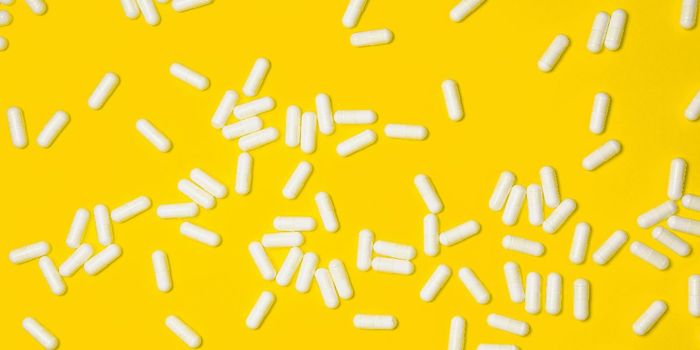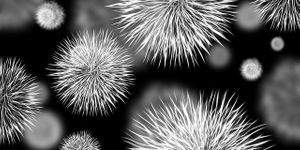Sickle cell drug promising in clinical trial
UConn School of Medicine researchers report that an investigational drug used for treating for the sickle cell disease has shown promising results in early clinical trials. Specifically, the experimental drug IMR-687 was shown to reduce two impact factors— sickling of red blood cells and blood vessel blockages. These factors result in debilitating pain, organ damage and early patient mortality.
Learn more on sickle cell disease, also known as sickle cell anemia:
“After 13 weeks of testing in its current clinical trial, the orally administered, once-a-day phosphodiesterase 9 (PDE9) inhibitor in adult patients with sickle cell disease is demonstrating tolerability and the ability to impact both red and white blood cell biomarkers of the disease,” says Dr. Biree Andemariam, lead investigator for the clinical trial, associate professor of medicine at UConn School of Medicine and director of the New England Sickle Cell Institute at UConn Health. "These initial Phase 2a data demonstrate the potential of IMR-687 to significantly impact key biomarkers associated with the pathology of this serious disease.”
The drug has been granted U.S. Orphan Drug Designation, U.S. Rare Pediatric Designation, and Fast Track Designation by the Food and Drug Administration (FDA).
University of Connecticut: In sickle cell disease, a patient's red blood cells are abnormally sickle – or crescent – shaped, which can lead to painful blood vessel blockages. (Getty Images)
"We are encouraged by this interim Phase 2a analysis that reinforces our belief in the potential of IMR-687 as a single oral, once-a-day therapeutic," said Rahul D. Ballal, chief executive officer of Imara. "IMR-687 uniquely targets both red cell and white cell aspects of the disease, and we are working to expeditiously advance this novel therapy through clinical development, with a goal of delivering it to patients with SCD who are in need of innovative treatment options."
"The interim Phase 2a data reflect trends that could be indicative of meaningful clinical translation of these important measures in sickle cell disease," Andemariam adds.
Source: University of Connecticut









